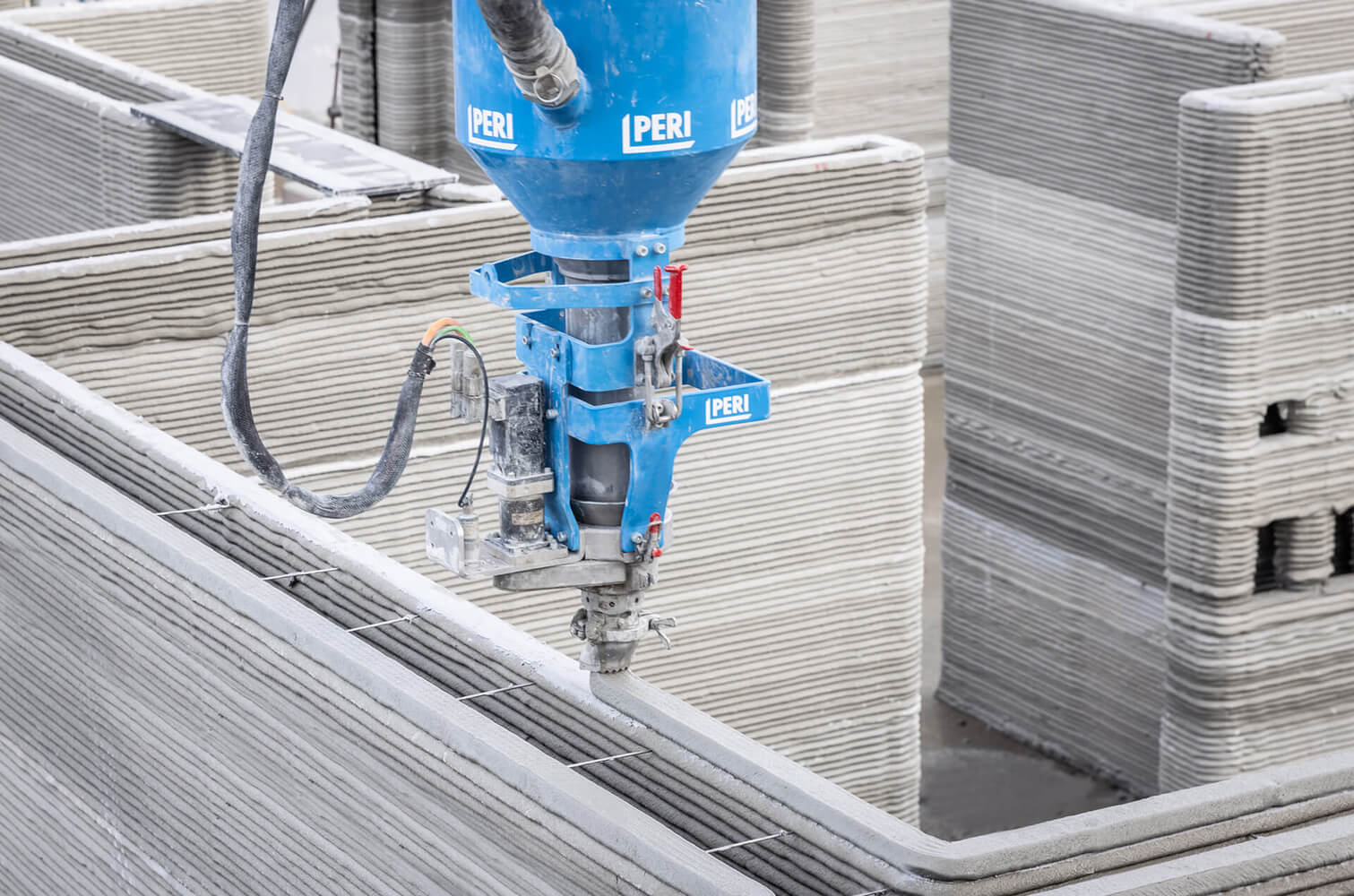3D printing–we hear about it everywhere. And while most of us use a lot of technology in our day-to-day lives, not many of us use 3D printing. A 3D printer is a very impressive piece of technology. Using a 3D printer, a person can create a three-dimensional object almost from thin air. While there is a great deal of potential for 3D printer use by the general public, there’s also no denying that 3D printers are an uncommon sight in private homes. What’s happening is that–for now, at least–the use of 3D printers is confined to certain academic and business spaces. However, within those spaces, the use of 3D printers is widespread and absolutely essential.
Who are the people using 3D printing, and what do they do? Let’s take a look.
Prototyping
Take, for example, the manufacturing space. In manufacturing, of course, the goal is to create a physical product. However, before you order several million of something, you must make sure that you have the design just right. That’s where prototyping comes in. A prototype is a model of something; in this case, something that your company intends to produce at scale. Creating models, including both full-sized and scale models, is important in the manufacturing, aerospace, and automotive industries–to name a few!

To create these prototypes, companies often use–you guessed it–3D printers! The rise of 3D printing technology makes it faster, easier, and more cost-effective to produce prototypes. As a result, 3d printing services are ubiquitous in these industries.
Potential
That doesn’t mean that 3D printing will remain limited to these spaces forever. Some experts believe we may see 3D printing in small businesses, and even in personal homes. There are potential implementations. For instance, imagine paying for something online, and printing it at home. Or, imagine producing replacement parts in an instant: game pieces and tokens to replace ones you lost, for instance. Or, a new battery cover for your remote control. If costs come down, these sorts of consumer implementations may become common. In fact, some experts see some DIY-related potential for consumer 3D printers right now in the present day.
Education
Those who believe in the potential of 3D printing are training the rising generation to develop familiarity with it. There are several children’s books that foster creativity by having kids design and 3D print their own toys and works of art. It’s transforming STEM education into STEAM education–adding the arts in with science, technology, engineering, and mathematics–brining critical thinking and problem-solving skills to a new standard. There is vast potential for students to design and create prototypes–and see if they work. This applies to students of all ages, thanks to some kid-friendly 3D printers that have been developed.
3D printing can augment all sorts of learning experiences. For instance: it can provide 3-dimensional models for geometry class, scaled models of buildings or artifacts for history class, and scaled topographical models for geography courses.
In the meantime, though, don’t imagine that we’re not using 3D printers. We are, and on a remarkable scale. While you might not use one, others are using 3D printers every day to make our lives better.







